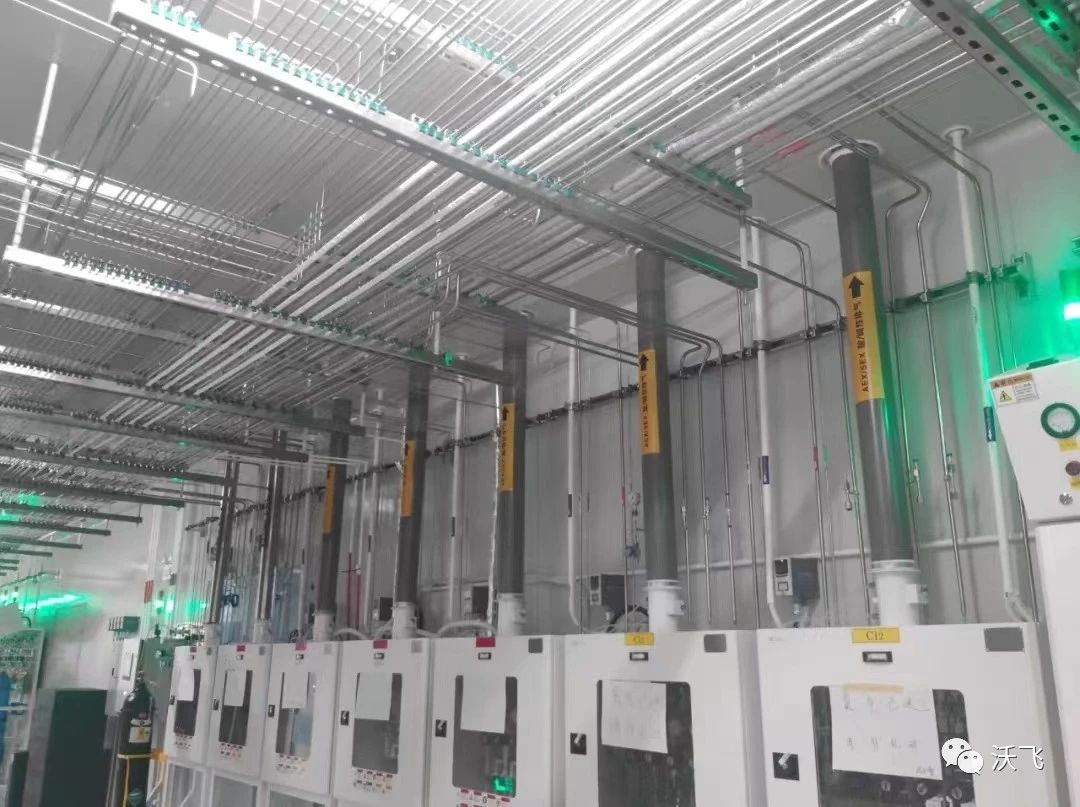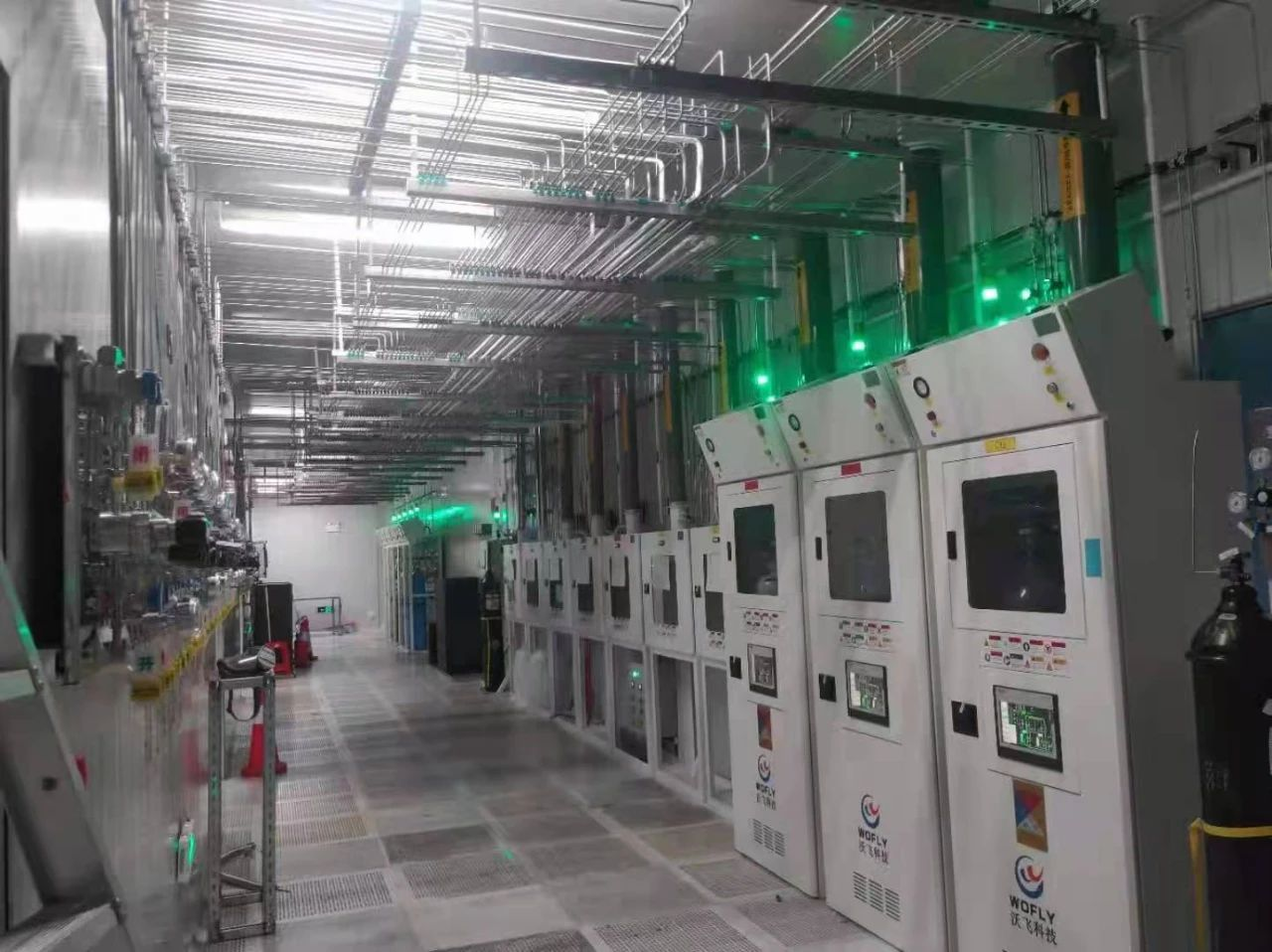System design for gases used in semiconductor manufacturing
As the semiconductor market grows, standards for purity and accuracy become more stringent. One of the determining factors in the quality of semiconductor manufacturing is the gases used in the process. These gases play many roles in the manufacturing process, including:
Precision process control
Contamination prevention
Metallurgical property enhancement
To perform these roles effectively, the gas supply and distribution system must be efficient. The design of gas handling systems used in semiconductor manufacturing must be supported by robust components and customized assemblies to ensure reliable and high quality production of semiconductors.

Gases used in semiconductor manufacturing
The process of manufacturing semiconductors requires the use of different gases at different stages of the process.
While common gases such as nitrogen, hydrogen, argon and helium can be used in their pure form, certain processes may require specialized mixtures. Silanes or siloxanes, hexafluorides, halides and hydrocarbons are a few of the specialty gases used in semiconductor manufacturing. Many of these gases can be hazardous or highly reactive, creating challenges in the selection and design of components for gas systems.
Here are some examples:
Hydrogen and helium can easily leak from piping and fitting systems due to their small atomic size and weight.
Silanes are highly flammable and can spontaneously combust (autoignite) in air.
Nitrogen difluoride used in the deposition, etching and chamber cleaning stages becomes a potent greenhouse gas when leaked into the environment.
Hydrogen fluoride (etching gas) is highly corrosive to metal piping.
Trimethylgallium and ammonia can be difficult to handle - small fluctuations in their temperature and pressure requirements can affect the deposition process.
Controlling process conditions to minimize the negative effects of these gases must be a top priority during system design. It is equally important to use the highest quality components such as AFK diaphragm valves during the build process.
Addressing System Design Challenges
Semiconductor grade gases are in most cases of high purity and provide inert conditions or enhance reactions at different stages of the manufacturing process, such as etch and deposition gases. Leakage or contamination of such gases can have negative effects. Therefore, it is critical for the system components used to be hermetically sealed and corrosion resistant as well as have a smooth surface finish (electrolytic polishing) to ensure that there is no possibility of contamination and that an extremely high level of cleanliness can be maintained.

In addition, some of these gases can be heated or cooled to achieve desired process conditions. Well-insulated components ensure temperature control, which is critical for efficient performance of the final product.
From the source inlet to the point of use, AFK's wide range of components support the ultra-high purity, temperature, pressure and flow control required in semiconductor cleanrooms and vacuum chambers.
Designed Systems with Quality Components in Semiconductor Fabs
The role of quality components and design optimization is critical to the precise control and safe manufacture of semiconductors. The components used need to be robust and leak-free to match the varying process conditions required at different stages of manufacturing.AFK's high-quality valves, fittings, regulators, piping, and sealing brackets are characterized by the following features:
Ultra-high purity
Leak-free seals
Temperature controlled insulation
Pressure control
Corrosion resistance
Electrolytic polishing treatment
 EN
EN
 AR
AR
 HR
HR
 CS
CS
 NL
NL
 FR
FR
 DE
DE
 IT
IT
 JA
JA
 KO
KO
 NO
NO
 PL
PL
 PT
PT
 RO
RO
 RU
RU
 ES
ES
 SV
SV
 TL
TL
 ID
ID
 VI
VI
 MT
MT
 TH
TH
 TR
TR
 AF
AF
 MS
MS
 AZ
AZ

